Discover Ninh Binh: Vietnam’s Hidden Gem for Off-the-Beaten-Path Travel Adventures
As the sole UNESCO World Cultural and Natural Heritage site in Vietnam, this hidden gem is not as widely recognized as the famed Halong Bay. Known as Luong Bay or Little Guilin, Ninh Binh holds a significant place in Vietnamese history, comparable to that of the ancient capital Xi’an in China, underscoring its rich cultural heritage.
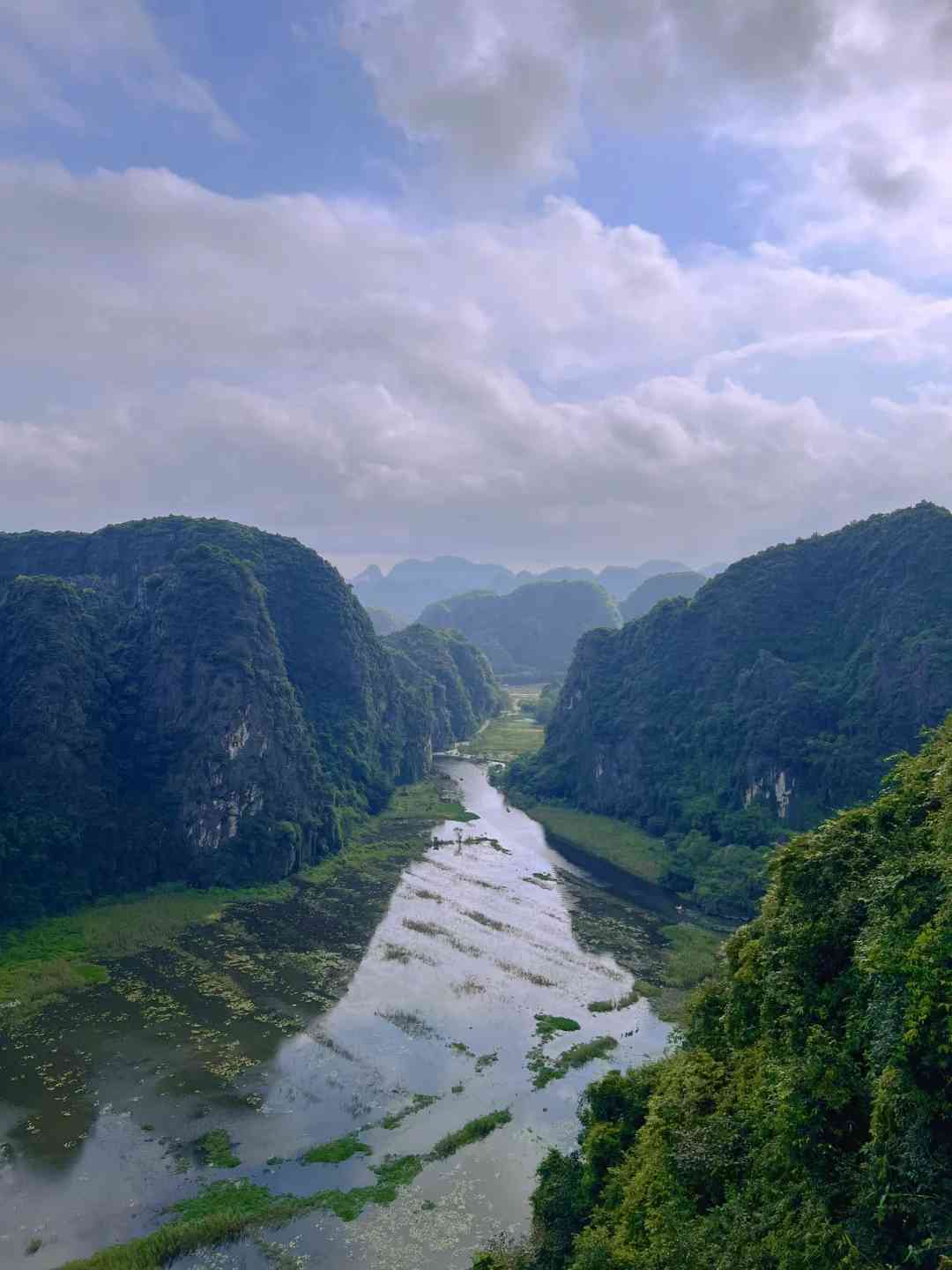
If you’re exploring northern Vietnam, consider dedicating 3-4 days to Ninh Binh, which is just a 3-hour drive from Hanoi. For a comfortable stay, the Emeralda Resort Tam Coc comes highly recommended.
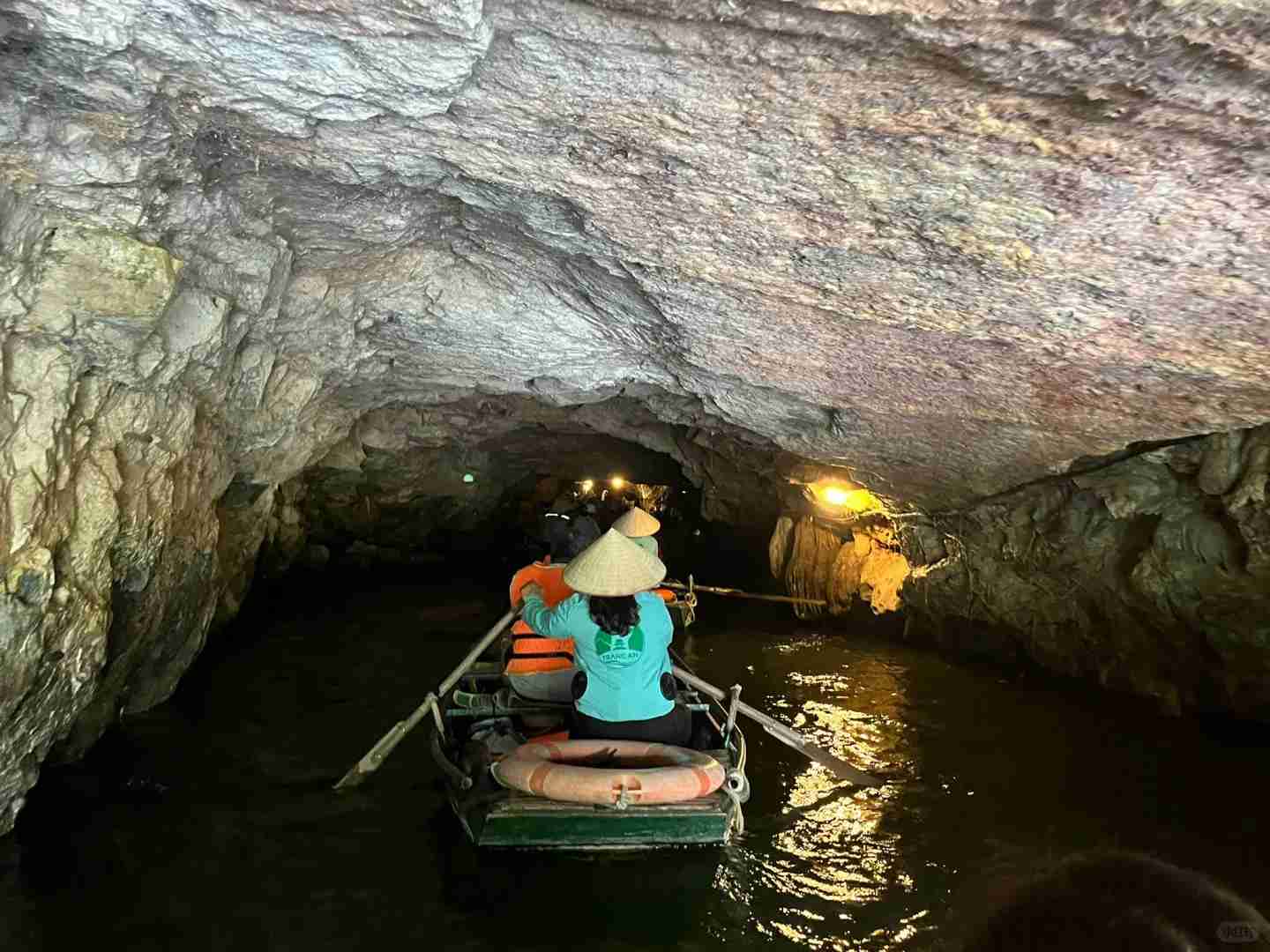
A boat ride through Ninh Binh’s serene waters takes about 2 hours, allowing you to soak in the picturesque scenery on both banks. As you glide along, you’ll pass through two captivating caves and encounter temples and other attractions where you can pause and explore at your leisure.

In the afternoon, head to Mount Wolong in Tam Coc for a breathtaking sunset experience. With over 500 steps, the round trip takes approximately 2 hours. Although the mountain isn’t particularly high, the steps are quite steep, so it’s advisable to wear comfortable shoes. The final ascent requires some hands-on climbing, but the panoramic view of the surrounding landscape from the top is well worth the effort.

While I haven’t visited Guilin, I have been to Halong Bay. Halong Bay, with its expansive and awe-inspiring seascape, offers a different kind of beauty compared to Ninh Binh. My last visit to Halong Bay included an overnight cruise, but Ninh Binh, with its freshwater and land-based setting, provides a unique and tranquil charm.
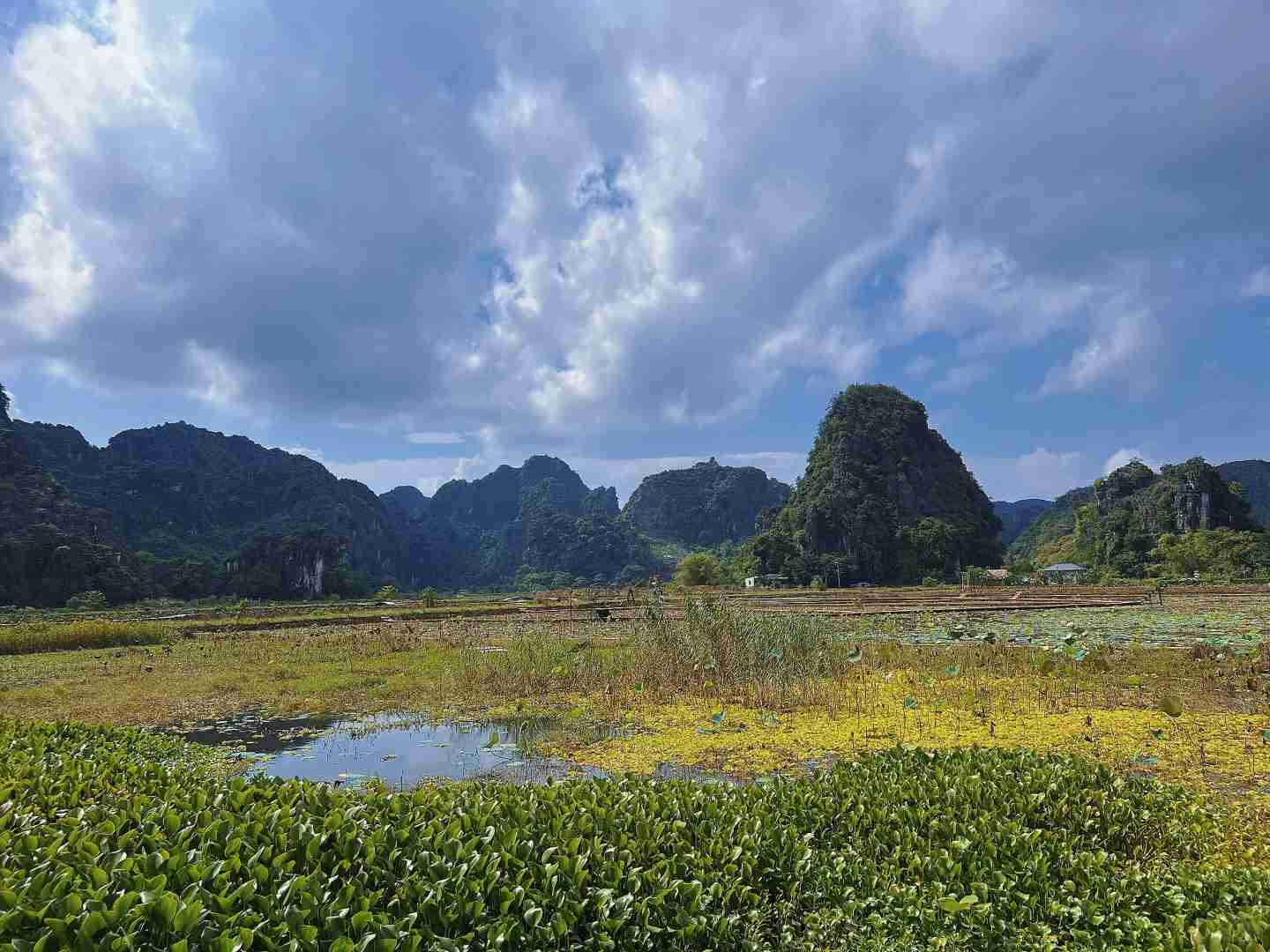
The karst landscapes here are truly diverse and enchanting. If you have the time, a visit to Ninh Binh is highly recommended; the area is less crowded, and the overall experience is fantastic.
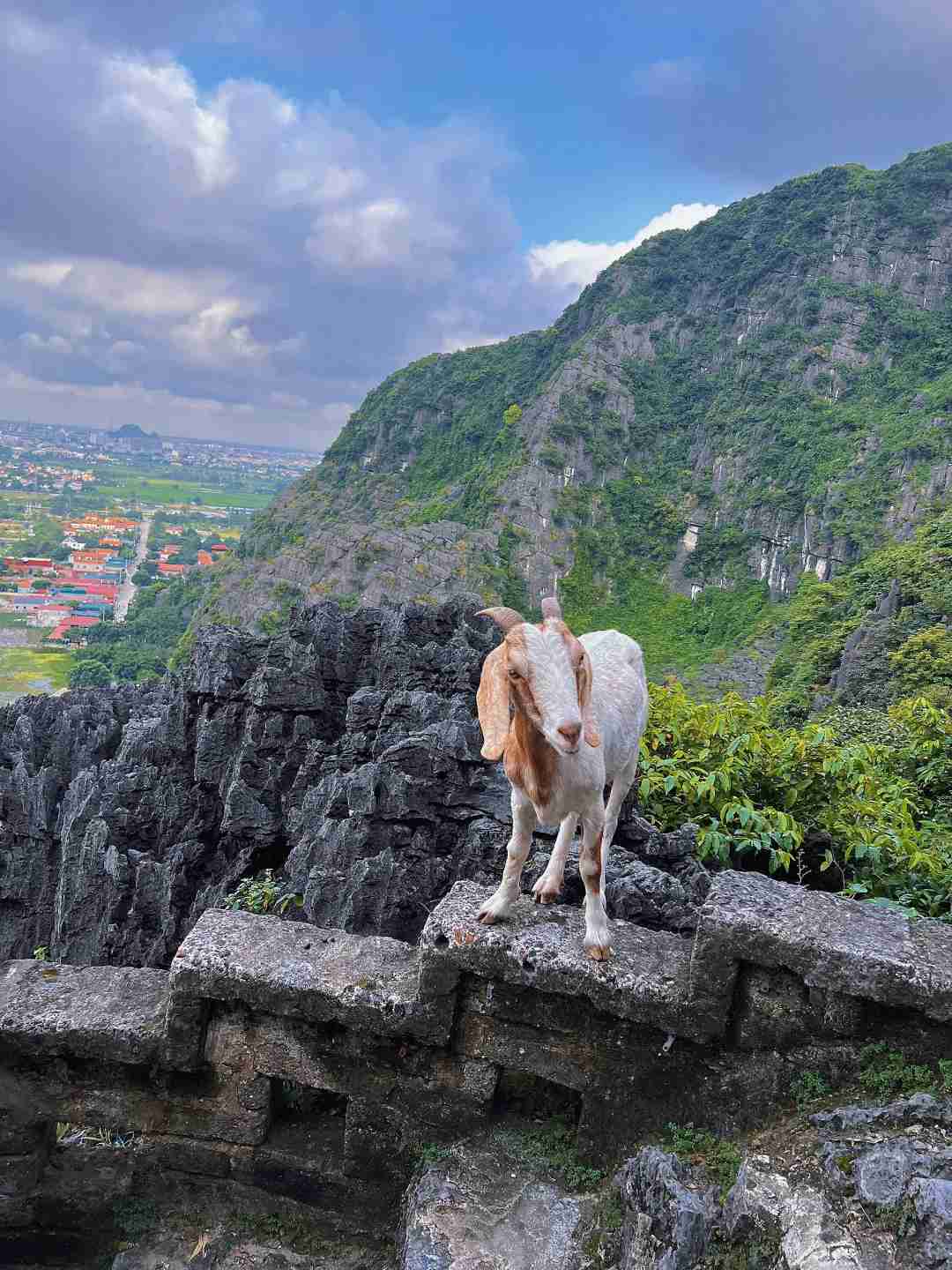
Regarding the visa process: You can easily obtain an e-visa online for $25. At Hanoi airport, there’s a counter where you can exchange your e-visa for a physical visa paper. Be sure to bring a copy of your e-visa and two photos. Afterward, wait to receive your visa on the other side. Due to the nine-dash line issue, Vietnam does not stamp Chinese passports, only the visa paper.
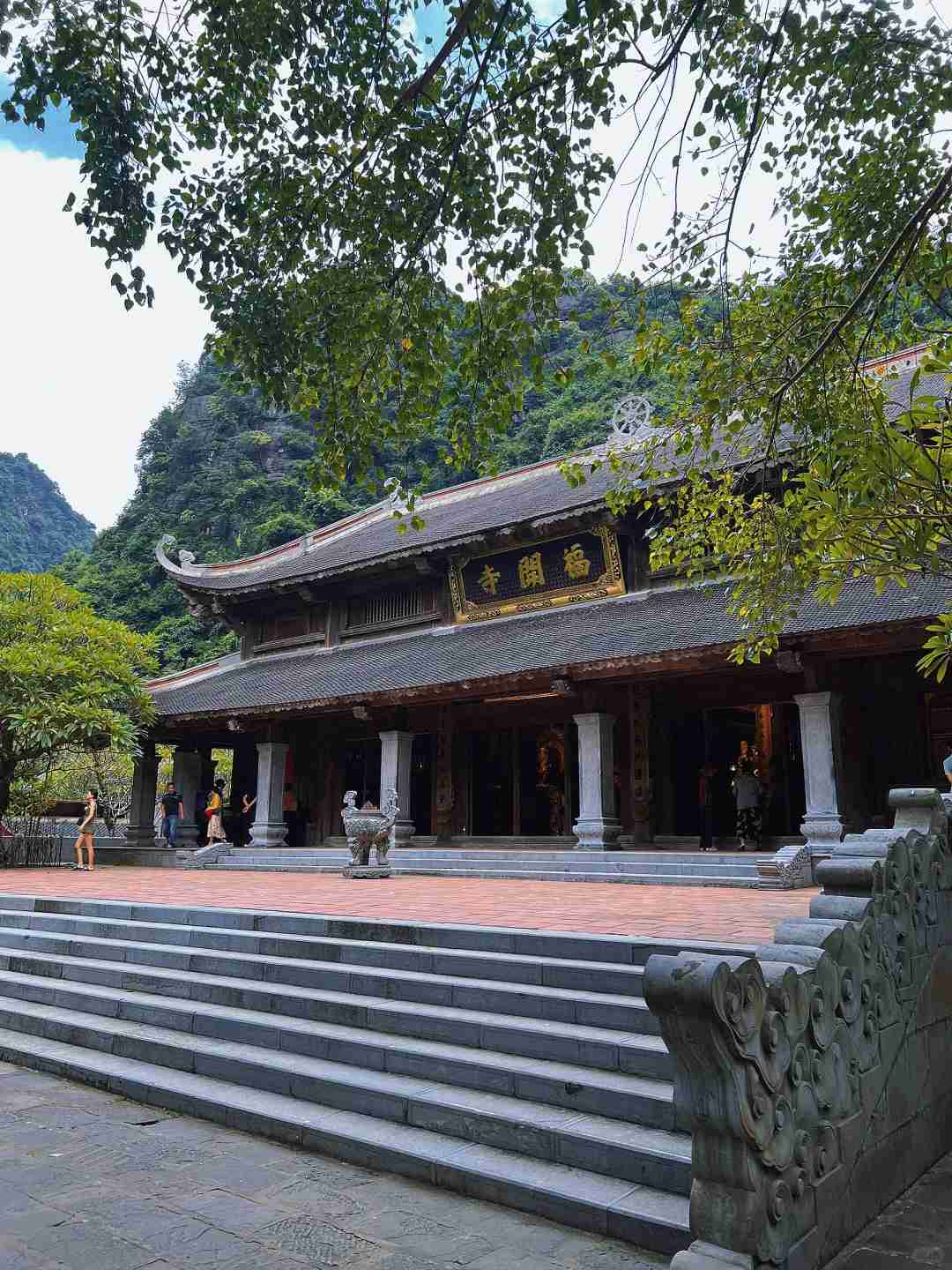
It’s crucial to keep this document safe, as losing or damaging it can lead to complications. Over the past decade, I’ve visited Vietnam 5-6 times, and while the development around Hanoi may not be as advanced as in Ho Chi Minh City, there has been a noticeable improvement. Security in Vietnam is generally good, so there’s no need to worry excessively.
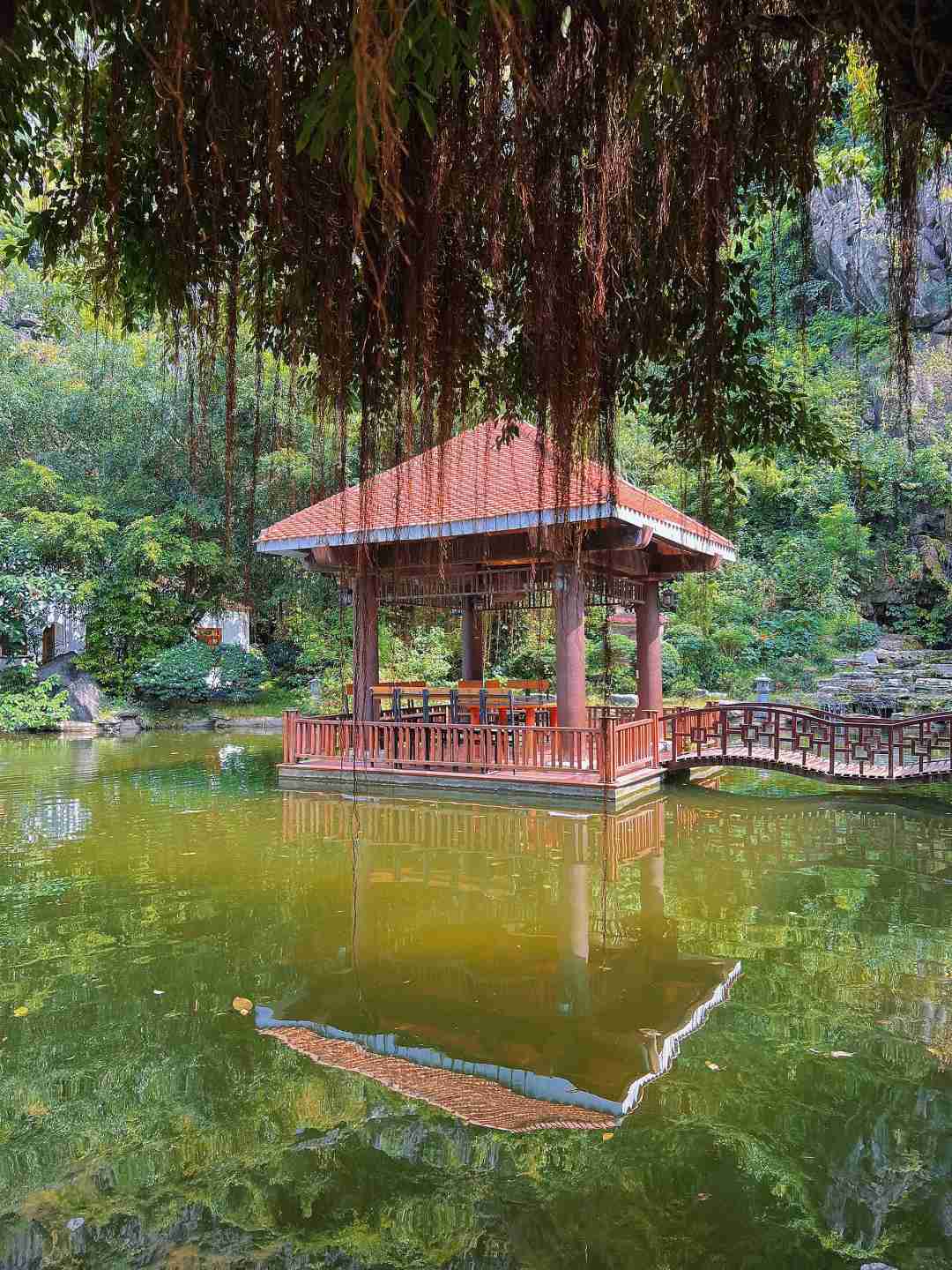
However, be mindful of potential overcharging by locals and always negotiate prices when shopping.

